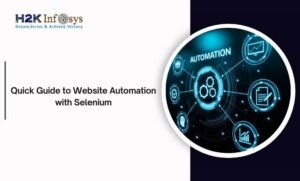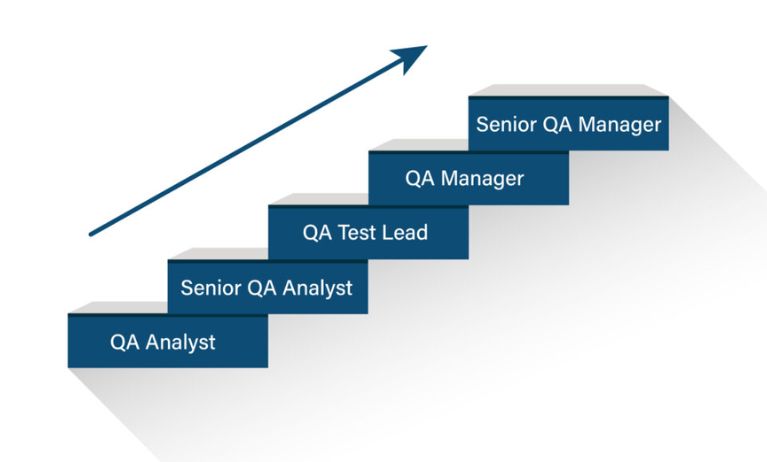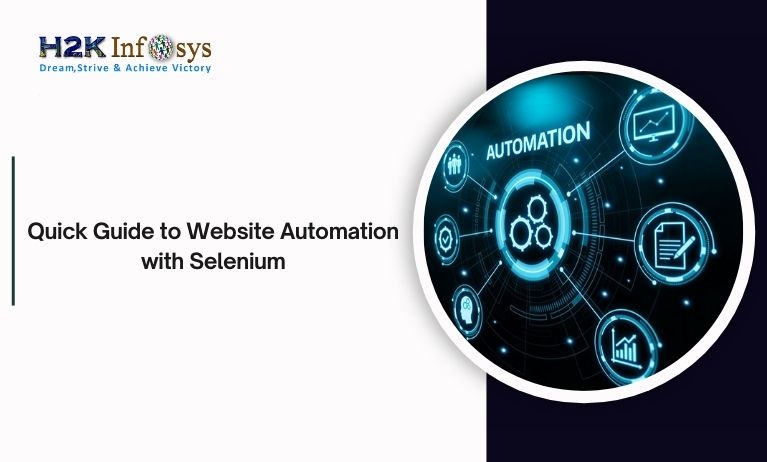Data warehousing has become an integral part of the data management strategy for many organizations. As businesses collect vast amounts of data, the need for efficient storage, processing, and analysis becomes paramount. Data warehouses serve as centralized repositories that store integrated data from multiple sources, facilitating business intelligence and decision-making. For individuals seeking careers in this field, it’s crucial to be well-prepared for interviews. This blog will cover the top data warehouse interview questions and answers, helping you understand the key concepts and prepare effectively.
What is a Data Warehouse?
Answer: A data warehouse is a centralized repository that stores integrated data from various sources. It is designed for query and analysis rather than transaction processing. A data warehouse enables organizations to consolidate data from different systems, providing a unified view for reporting and analysis.
What are the key characteristics of a Data Warehouse?
Answer: The key characteristics of a data warehouse are:
Subject-Oriented: Organized around key subjects (e.g., sales, customers).
Integrated: Combines data from multiple sources in a consistent format.
Non-Volatile: Data is stable and not frequently updated.
Time-Variant: Historical data is stored and can be analyzed over time.
Explain the difference between OLTP and OLAP.
Answer: OLTP (Online Transaction Processing) systems are designed for managing day-to-day transactional data, focusing on quick query processing and maintaining data integrity. OLAP (Online Analytical Processing) systems, on the other hand, are designed for analyzing large volumes of data, supporting complex queries, and providing insights for decision-making.
What is ETL, and why is it important in data warehousing?
Answer: ETL stands for Extract, Transform, Load. It is a process used to extract data from source systems, transform it into a suitable format, and load it into the data warehouse. ETL is crucial because it ensures data consistency, quality, and integration from various sources.
Data Modeling and Design
What is a Star Schema?
Answer: A Star Schema is a data modeling technique used in data warehousing. It consists of a central fact table that contains quantitative data (measures) and several dimension tables that provide descriptive attributes. The schema resembles a star, with the fact table at the center and the dimension tables radiating outward.
What is a Snowflake Schema?
Answer: A Snowflake Schema is a variation of the star schema where dimension tables are normalized, resulting in multiple related tables. This schema reduces redundancy but can complicate queries. The structure resembles a snowflake due to the branching nature of the tables.
Explain the concept of Slowly Changing Dimensions (SCD).
Answer: Slowly Changing Dimensions (SCD) are dimensions that change slowly over time, rather than on a regular schedule. There are different types of SCDs:
Type 1: Overwrite the old data with new data.
Type 2: Create a new record for each change, maintaining historical data.
Type 3: Maintain both old and new data in the same record using additional columns.
What is a Fact Table and a Dimension Table?
Answer: A Fact Table contains quantitative data (facts) for analysis, such as sales revenue or transaction counts. It usually has foreign keys referencing dimension tables. Dimension Tables provide descriptive attributes related to the facts, such as time, product, or customer information.
What is a Surrogate Key, and why is it used in data warehousing?
Answer: A Surrogate Key is a unique identifier for each record in a table, typically generated by the system. It is used instead of natural keys (business keys) to avoid issues with changes in business logic or data inconsistency.
Performance and Optimization
How do you optimize query performance in a data warehouse?
Answer: Query performance can be optimized through:
Indexing: Creating indexes on key columns to speed up searches.
Partitioning: Dividing large tables into smaller, manageable pieces.
Materialized Views: Storing pre-computed results to speed up complex queries.
Query Optimization: Writing efficient SQL queries and using appropriate joins.
What are Materialized Views?
Answer: Materialized Views are database objects that store the result of a query physically. They can be refreshed periodically or on-demand. Materialized views improve query performance by providing pre-computed data, reducing the need for complex calculations at runtime.
What is Data Partitioning, and why is it important?
Answer: Data Partitioning is the process of dividing a large database table into smaller, more manageable pieces, called partitions. It improves query performance, simplifies maintenance, and enhances data availability. Partitions can be based on range, list, hash, or composite criteria.
Explain the concept of Data Aggregation in data warehousing.
Answer: Data Aggregation involves summarizing detailed data to provide a high-level view. It reduces the amount of data and speeds up query performance. Aggregations can be pre-computed during ETL or dynamically generated during query execution.
What is a Data Mart?
Answer: A Data Mart is a subset of a data warehouse, focused on a specific business area or department. It is designed to meet the needs of a particular group of users, providing targeted insights and improving query performance for specific data sets.
Advanced Topics and Tools
What is Data Lake, and how does it differ from a Data Warehouse?
Answer: A Data Lake is a centralized repository that stores raw, unstructured, and semi-structured data in its native format. Unlike a data warehouse, which stores structured data for analysis, a data lake is more flexible and can store diverse data types. It supports advanced analytics, machine learning, and big data processing.
What is the role of Business Intelligence (BI) in data warehousing?
Answer: Business Intelligence (BI) tools and processes analyze data from the data warehouse, providing insights and enabling data-driven decision-making. BI tools generate reports, dashboards, and visualizations that help organizations understand trends, patterns, and business performance.
What are some popular ETL tools used in data warehousing?
Answer: Some popular ETL tools include:
Informatica PowerCenter: A widely used ETL tool for data integration.
Talend: An open-source ETL tool with extensive data integration capabilities.
Microsoft SQL Server Integration Services (SSIS): A powerful ETL tool for SQL Server.
Apache NiFi: An open-source data integration tool for automating data flows.
How do you handle Data Quality issues in a data warehouse?
Answer: Data Quality issues can be addressed through:
Data Cleansing: Correcting or removing inaccurate or corrupt data.
Data Profiling: Analyzing data to understand its structure, content, and quality.
Data Validation: Ensuring data meets predefined standards and rules.
Data Governance: Implementing policies and procedures for data management.
What is Real-Time Data Warehousing?
Answer: Real-Time Data Warehousing refers to the process of loading and analyzing data in real-time or near real-time. It enables organizations to make timely decisions based on the most current data. Techniques such as Change Data Capture (CDC) and streaming data integration are used to achieve real-time data warehousing.
Explain the concept of a Data Warehouse Appliance.
Answer: A Data Warehouse Appliance is a pre-configured hardware and software solution designed for data warehousing. It combines storage, processing, and database management components optimized for data warehousing workloads. Examples include Teradata, Oracle Exadata, and IBM Netezza.
Conclusion
Data warehousing is a dynamic field with a wide range of opportunities for professionals. As organizations increasingly rely on data-driven insights, the demand for skilled data warehouse experts continues to grow. By understanding the fundamental concepts, advanced topics, and industry tools, candidates can confidently navigate data warehouse interviews and secure rewarding positions. This list of top interview questions and answers serves as a valuable resource for preparing for data warehouse interviews, helping you stand out in the competitive job market.




























One Response